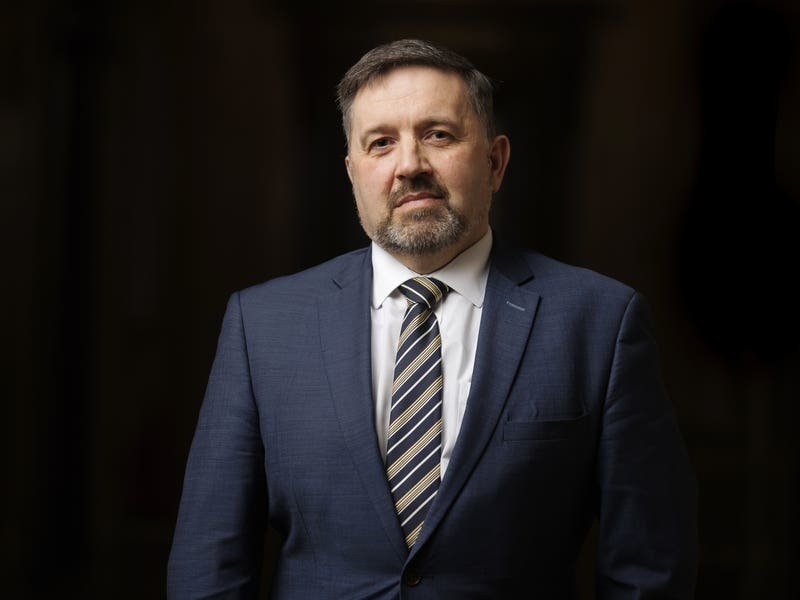Nearly one in three secondary school pupils have had private tuition, research suggests.
Children in the “best-off” homes were more likely to report having had private tutoring than their peers in the “worst-off” homes (35% compared with 21%), according to the Sutton Trust report.
A survey of 2,394 schoolchildren aged 11 to 16 in England and Wales found that 30% said they have had private tuition, up from 27% pre-pandemic.
The proportion is the joint highest figure since the survey began in 2005, when it stood at 18%.
The social mobility charity said there are “stark regional disparities” in the use of tuition, with nearly half (46%) of pupils in London having had private tutoring, compared with 16% in the North East.
Under the NTP scheme, funding is provided directly to schools so they can source their own tutors either externally or through staff already working in the school as part of the school-led tutoring route.
Schools can also use subsidised funding to access tuition from an approved list of organisations, known as tuition partners, or they can use it to hire full-time, in-house academic mentors.
The survey, carried out by Ipsos between March 14 and July 1 last year, found that 11% of 11 to 16-year-olds said they had private tutoring within the 2021/22 school year.
But nearly one in four (24%) said they had received extra tuition from their school during the same academic year, which was up from 18% in 2020/21.
Pupils in the worst-off households were more likely to report receiving school tutoring than those in the most well-off households (34% compared with 22%), the survey found.
Areas such as the North East, East Midlands and Yorkshire, which have the lowest levels of private tutoring, have the highest rates of in-school tutoring, according to the report.
Sir Peter Lampl, Sutton Trust founder and chairman, said: “Private tutoring reinforces the advantages of young people from well-off families. In an increasingly competitive environment for school and university places, the use of private tutoring has risen from 18% in 2005 to 30% now.
“Although there have been issues with delivery, the National Tutoring Programme has been an exciting new development. It has changed the landscape of tutoring, giving young people the opportunity to receive tuition who would never have been able to afford it.
“Rather than treating it as a short-term catch-up programme, it should be part of an ongoing national effort to tackle the attainment gap.”

“Unfortunately, the government will be reducing the subsidy for tutoring to just 25% next year, leaving schools to pick up the rest – something many will struggle to do, given how tight budgets are, especially given rising costs.
“The government must not think short term when it comes to tutoring. The NTP has a real possibility to help with levelling up, if it is invested in properly. But if subsidies are left as they are the government could end up destroying its own initiative just as it begins to do some good.”
Kevin Courtney, joint general secretary of the National Education Union (NEU), said: “The findings released today show that providing schools with direct funding is a more effective means of ensuring that the most disadvantaged students get the support they need.
“The imbalance between additional tutoring received by the most affluent students and the least affluent requires urgent attention and is likely to exacerbate existing educational inequalities.
“It’s clear that the Government must continue to fund an education recovery package, rather than requiring schools to contribute an ever-greater share.”
A Department for Education spokesperson said: “The National Tutoring Programme has given more pupils access to tutoring who wouldn’t otherwise have that opportunity to help them catch up from lost learning in the pandemic. Nearly three million tutoring courses have been started through the programme since it began, including over 2.1 million courses across 87% of schools last year.
“We have provided schools with over £1 billion to help them to embed tutoring into the school day and settings can also use Pupil Premium funding to support pupils on the programme. For year three of the programme, we have taken steps to ensure that tutoring is high quality, including providing clear guidance on high quality tutoring organisations and resources to deliver effective tutoring for children.”






